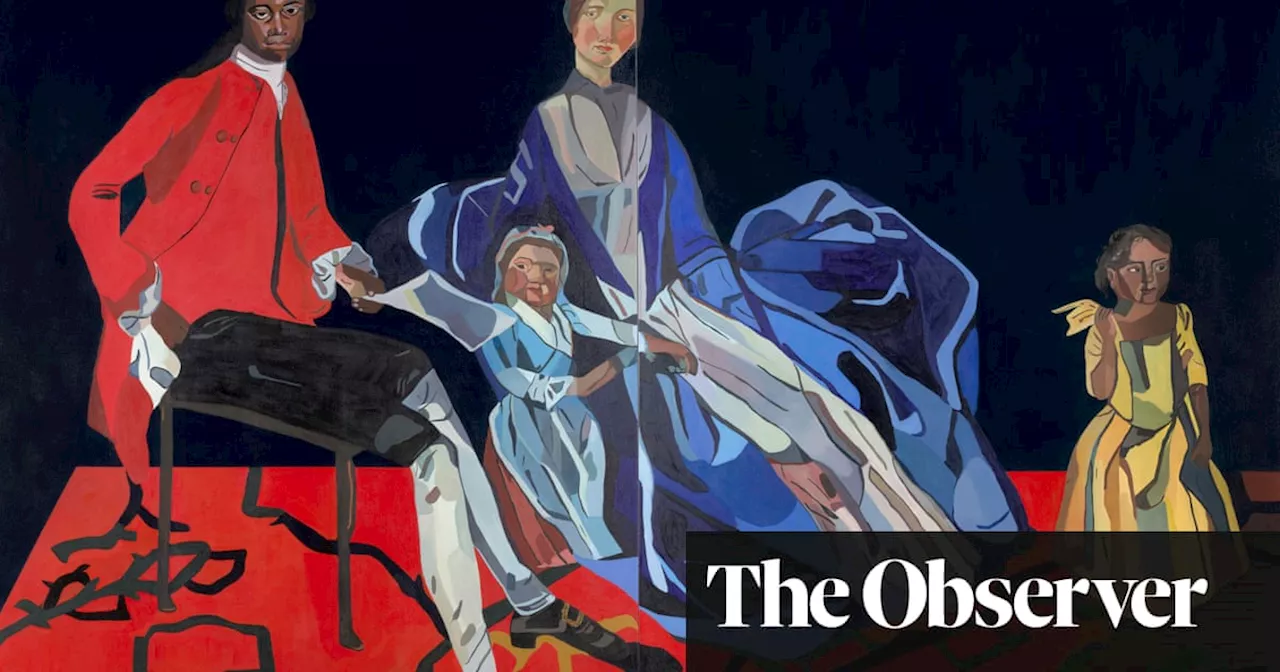Fitzwilliam Museum keen to avoid kind of criticism that has hit Tate and National Portrait Gallery with shake-up of displays
of a wealthy merchant family are going back on display. But now they will share space at the Fitzwilliam Museum in Cambridge with a subversive contemporary portrait by Black British artist Joy Labinjo, that imagines 18th-century African abolitionist Olaudah Equiano and his mixed-race family.– thought to be the earliest female nude painted by an openly lesbian artist in the UK – is waiting to be exhibited for the first time.
“I would love to think that there’s a way of telling these larger, more inclusive histories that doesn’t feel as if it requires a pushback from those who try to suggest that any interest at all in work by women artists or artists of colour – or subject matter that takes us into the world of LBGT culture – is being ‘radical chic’ or what would now be called ‘woke’,” said Syson. “Being inclusive and representative shouldn’t be controversial; it should be enriching.
Gone are the somewhat esoteric rooms filled with chronological displays of British and French masterpieces from the 18th, 19th and 20th centuries. Instead, each room has a simple theme, explained on an introductory panel. Paintings dating back to the 1600s from across Europe hang in the same room as contemporary works, to bring them into “thought-provoking dialogues” with each other, said the curator of the new rehang, Dr Rebecca Birrell.
She hopes the themes of the rehang – which also include “men looking at women”, “migration and movement” and “nature” – will illuminate dialogues between paintings across time and place, and highlight recurring motifs in art from different periods: “By grouping together very different-looking works that convey similar ideas, you can hear those conversations more clearly.” and an unsettling representation of women’s sexual power in Stanley Spencer’s Self-Portrait with Patricia Preece .
